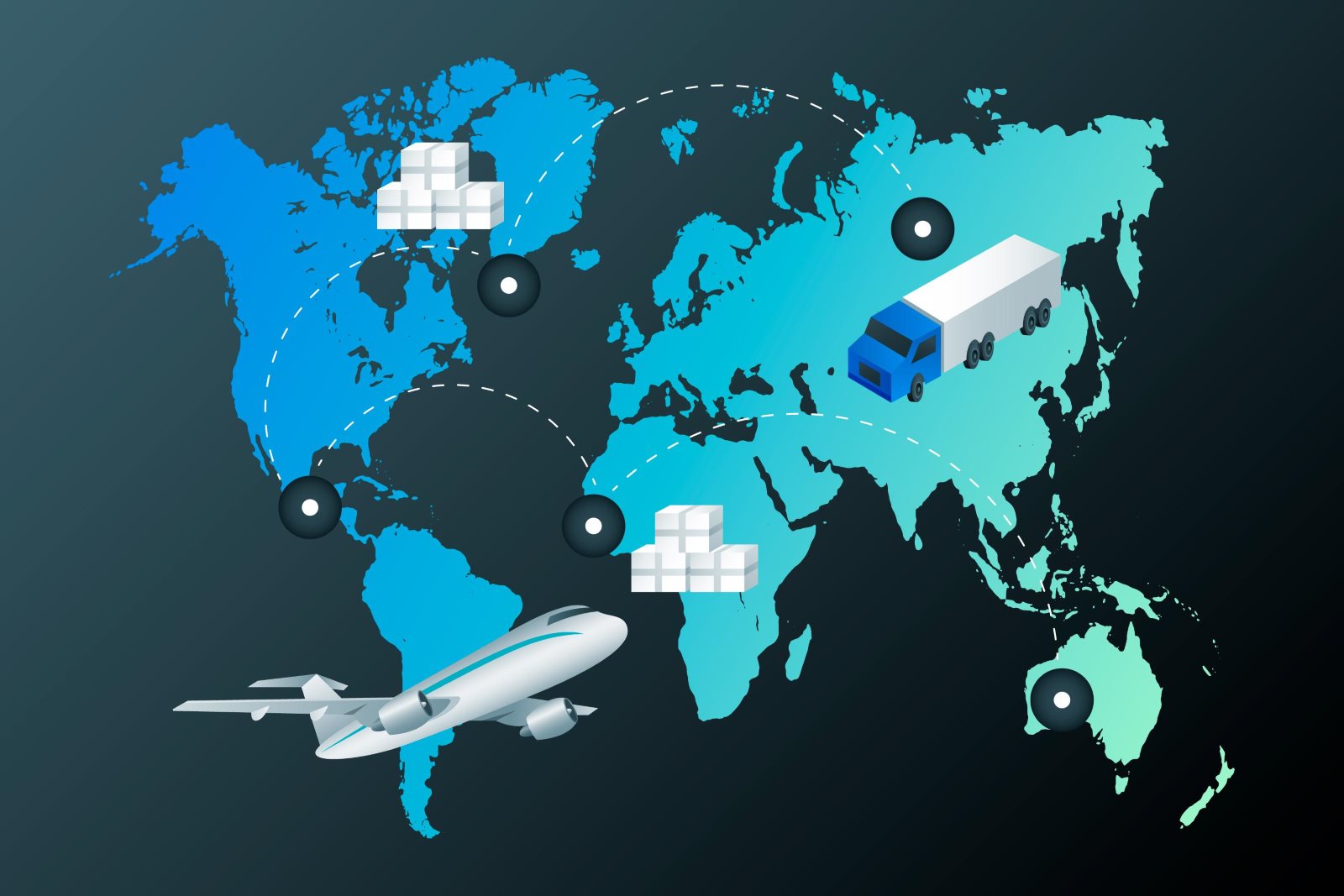Air Freight Tracking: Challenges, Solutions, and Opportunities
In today’s interconnected global economy, air freight plays a critical role in ensuring the swift and efficient movement of goods across borders. From perishable foods to high-value electronics, air cargo facilitates trade, supports supply chains, and meets the growing demands of e-commerce. However, air freight tracking remains a complex challenge, presenting numerous obstacles to stakeholders in the logistics and supply chain sectors. Despite these challenges, advancements in technology and innovative solutions are paving the way for enhanced tracking capabilities, creating new opportunities for the industry.
Challenges in Air Freight Tracking
Tracking air freight involves a multitude of factors, including the integration of data across various stakeholders, real-time monitoring, and ensuring visibility throughout the supply chain. Below are some of the most significant challenges:
- Fragmented Systems: Air freight logistics involve multiple players, including airlines, freight forwarders, customs authorities, and ground handlers. Each stakeholder often uses disparate systems and technologies, leading to fragmented data silos. This lack of integration makes it difficult to obtain a unified view of the shipment’s status.
- Limited Real-Time Visibility: While technologies like GPS and IoT are available, their implementation in air freight tracking is not yet widespread. As a result, real-time updates on cargo location and condition are often unavailable, leading to inefficiencies and delays.
- Regulatory Barriers: International shipments must comply with varying customs and regulatory requirements. These regulations often differ by country and region, creating bottlenecks in the tracking process and increasing the likelihood of shipment delays.
- Data Accuracy and Integrity: Inaccurate or incomplete data is a common problem in air freight tracking. Errors during data entry, mismatches between systems, and the manual handling of documentation can result in discrepancies that disrupt the tracking process.
- High Costs of Technology Adoption: Advanced tracking technologies, such as IoT sensors and blockchain, require significant investment. Small and medium-sized enterprises (SMEs) in the logistics sector may struggle to afford these technologies, limiting their adoption.
Solutions to Overcome Tracking Challenges
Despite these challenges, several solutions have emerged to improve air freight tracking. These solutions leverage technology, standardization, and collaboration to create more efficient and reliable tracking systems:
- Integration Through Digital Platforms: Unified digital platforms that integrate data from multiple stakeholders can bridge the gaps caused by fragmented systems. Cloud-based systems enable real-time data sharing, offering greater visibility and streamlined communication.
- Adoption of IoT and GPS Technologies: IoT devices equipped with GPS and other sensors can provide real-time data on cargo location, temperature, humidity, and other critical parameters. This information allows stakeholders to monitor shipments proactively and address potential issues before they escalate.
- Blockchain for Data Security and Transparency: Blockchain technology can enhance transparency and trust in air freight tracking by providing a secure and immutable record of shipment data. This technology ensures data integrity, reduces the risk of fraud, and simplifies compliance with regulatory requirements.
- Artificial Intelligence and Predictive Analytics: AI-driven solutions can analyze historical data to predict potential delays and optimize routing. Predictive analytics enable logistics providers to make informed decisions, improving overall efficiency and customer satisfaction.
- Standardization of Processes: Standardizing documentation and procedures across the air freight industry can reduce complexity and errors. Initiatives like the International Air Transport Association’s (IATA) e-freight program aim to digitize and standardize air cargo processes, enhancing efficiency and tracking capabilities.
- Collaborative Partnerships: Collaboration among stakeholders is crucial for improving air freight tracking. By sharing data and resources, airlines, freight forwarders, and technology providers can develop integrated solutions that benefit all parties.
Opportunities in Air Freight Tracking
The advancements in air freight tracking technologies and practices present several opportunities for the industry. By leveraging these innovations, companies can enhance their operations, gain a competitive edge, and meet evolving customer expectations.
- Enhanced Customer Experience: With real-time tracking, customers gain greater visibility into their shipments, enabling them to plan more effectively. Transparency and timely updates build trust and improve customer satisfaction, especially in industries like e-commerce, where delivery timelines are critical.
- Improved Operational Efficiency: Accurate tracking data helps logistics providers optimize routes, reduce delays, and minimize costs. IoT-enabled tracking devices and predictive analytics further enhance operational efficiency by identifying potential disruptions before they occur.
- Growth in E-Commerce: The e-commerce boom has heightened the demand for fast and reliable air freight services. Advanced tracking systems enable logistics providers to meet these demands, creating opportunities for market expansion and revenue growth.
- Sustainability Initiatives: Efficient tracking systems contribute to sustainability by reducing waste and optimizing fuel usage. For instance, real-time data on shipment conditions can prevent spoilage of perishable goods, while optimized routing reduces carbon emissions.
- Market Differentiation: Companies that invest in advanced tracking technologies can differentiate themselves from competitors by offering superior services. Enhanced tracking capabilities can serve as a unique selling point, attracting customers who prioritize reliability and transparency.
- Regulatory Compliance: Improved tracking systems simplify compliance with international regulations by ensuring accurate and timely documentation. This capability reduces the risk of penalties and delays, enhancing the reliability of air freight services.
Conclusion
Air freight tracking is an essential component of modern logistics, enabling the efficient movement of goods across the globe. While the industry faces significant challenges, technological advancements and collaborative efforts are driving solutions that enhance visibility, accuracy, and efficiency. By embracing these innovations, stakeholders can unlock new opportunities, improve customer satisfaction, and contribute to a more sustainable and interconnected global economy. The future of air freight tracking lies in continued investment, standardization, and the adoption of cutting-edge technologies, ensuring that the industry remains resilient and adaptive in an ever-changing world.


